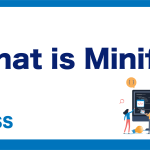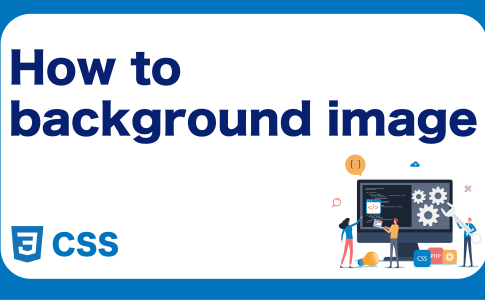A “pseudo-class” in CSS refers to a specific state of an element, such as when an element is in focus or when it’s being interacted with in a particular way. CSS pseudo-classes allow you to apply styles to elements based on these specific states. In this explanation, we will discuss how to apply styles to pseudo-classes and provide examples of commonly used ones.
Writing Pseudo-classes
Pseudo-classes are written by combining a selector with a colon and the name of the pseudo-class. For example:
<a>CLICK!!</a>
<style>
a:hover {
cursor: pointer;
transition: 1s;
color: orange;
}
</style>
In the above code, we define styles for the a tag when it is hovered over by the mouse pointer. When hovered over, the text color changes to orange, and a transition effect is applied to make the color change gradual.
Commonly Used Pseudo-classes
Let’s explore some frequently used pseudo-classes:
| Pseudo-class | Description |
|---|---|
| :hover | When the user hovers over an element. |
| :focus | When an element receives focus. |
| :checked | When radio buttons or checkboxes are selected. |
| :disabled | When an element is disabled. |
| :first-child | When an element is the first child of its parent. |
| :last-child | When an element is the last child of its parent. |
| :nth-child(n) | When an element is the nth child of its parent. |
Now, let’s look at examples of each pseudo-class:
:hover
This pseudo-class applies styles when the user hovers over an element. It’s commonly used to add visual effects to links or buttons when hovered over.
<a>CLICK!!</a>
<style>
a:hover {
cursor: pointer;
transition: 1s;
color: orange;
}
</style>
:focus
The :focus pseudo-class applies styles when an element receives focus. It’s often used to change the appearance of input fields when they are clicked.
<input name="name" />
<style>
input:focus {
outline: 1px solid red;
}
</style>
:checked
The :checked pseudo-class is used when radio buttons or checkboxes are selected. It allows you to style these elements when they are checked.
<label><input type="radio" name="test" /><span class="radio">Check</span></label>
<style>
input[type="radio"]{
display: none;
}
.radio{
/* Styles for the label */
}
input:checked + .radio::after{
/* Styles for the checked radio button */
}
</style>
:disabled
When an element is disabled, the :disabled pseudo-class can be used to apply styles to it. This is often used for indicating disabled form fields.
<input disabled name="name" placeholder="Please Enter"/>
<style>
input:disabled {
border: 1px solid red;
background: #ecacac;
}
</style>
:first-child
The :first-child pseudo-class is applied to the first child element within its parent. It’s useful for styling the first item in a list or the first cell in a table.
<ul>
<li>ITEM1</li>
<li>ITEM2</li>
<li>ITEM3</li>
</ul>
<style>
li:first-child {
color: deepskyblue;
font-weight: bold;
}
</style>
:last-child
The :last-child pseudo-class is applied to the last child element within its parent. It’s used to style the last item in a list or the last cell in a table.
<ul>
<li>ITEM1</li>
<li>ITEM2</li>
<li>ITEM3</li>
</ul>
<style>
li:last-child {
color: deepskyblue;
font-weight: bold;
}
</style>
:nth-child(n)
With the :nth-child(n) pseudo-class, you can style the nth child element within its parent. This is useful for targeting specific elements in a list or table.
<ul>
<li>ITEM1</li>
<li>ITEM2</li>
<li>ITEM3</li>
</ul>
<style>
li:nth-child(2) {
color: deepskyblue;
font-weight: bold;
}
</style>
These are some of the commonly used pseudo-classes in CSS, allowing you to apply styles based on various element states and positions within their parent elements.
Learn Frontend with Skilled
At Skilled, we offer a specialized, practical programming learning service focused on frontend development.
We cover everything from coding to becoming a frontend engineer. Our service emphasizes practical learning while coding, ensuring that you gain “skills” rather than just knowledge.
We’re currently running a free trial campaign. If you’re interested, we encourage you to take advantage of this free trial.













